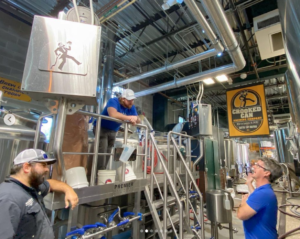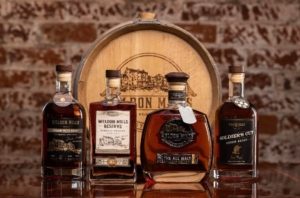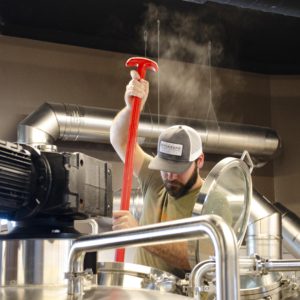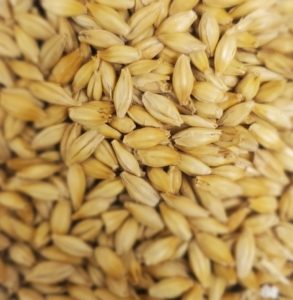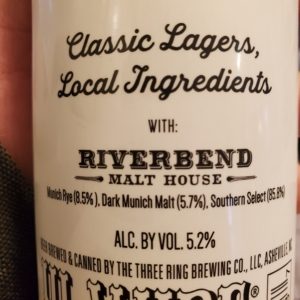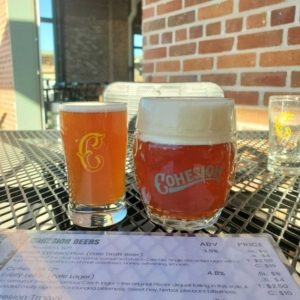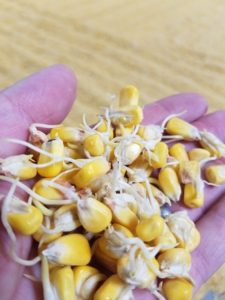
Happy Women’s History Month!
Thank you to the many women who incorporated Riverbend craft malt into their recipes in celebration. It was exciting to see Riverbend go into so many Pink Boots Collaboration Brew Day brews across the Southeast. Here are a few beers to track down, made in support of Pink Boots Society.
Have You Hurd?
We also had our friends from the newly formed Athens Pink Boots Society chapter to select flavors in a custom batch of malt that we made them for their Pink Boots brew, naming their new beer after their first female brewer and current Brewing Supervisor, Jess Hurd. “Have you Hurd?” is a SMaSH (Single Malt and Single Hop) IPA. They tell the story better than we do– check out their artfully articulated blog post about the whole process.
Enter Erin Mellenthin, one of our Assistant Maltsters. Erin traveled to Athens for International Women’s Brew Day, and gave a hot steeping demonstration to the whole group to boot. Terrapin really wanted to highlight their women employees in this process, she says. “One of the ways they did that was buying a custom malt from us that honored the states from which each of their women brewers was from.”
Look for Have you Hurd? on tap at Terrapin in April.
Shake The Table
Inspired by not being “well-behaved women,” Shake the Table Fruited Sour Lager is more of a mantra than a beer. Mason Jar Brewing Co. Lead Brewer Hannah Parris says this beer was designed to misbehave, to push the standard definition of a lager. She and the team used Sunset Wheat Malt and Chesapeake Pilsner to create the its complex flavors. “I love being able to brew beer with ingredients that showcase our local agriculture,” she says. “The grains play well with the fruit additions of peach, pink guava, and red prickly pear. The Sunset Wheat provided a soft, crisp, and lightly sweet template that really lends itself to warm weather refreshers. Finally, we ferment using a Czech lager yeast for an exceptionally clean and dry finish.”
Look for Shake The Table on tap at Mason Jar in coming weeks.
Ninkaski’s Nectar
Plankowner Brewing brewed an ode to the goddess of fermentation on International Women’s (Brew) Day with pink guava hibiscus and our Southern Select malt variety. Ninkasi’s Nectar IPA will be available in April.
Pink Boots Are Made For Brewin’
Fireforge Crafted Beer created a Hazy IPA with the help of our Streaker Oats for Pink Boots Brew Day this year, for which many women from upstate South Carolina gathered to make it possible. Get it on tap now while supplies last!

